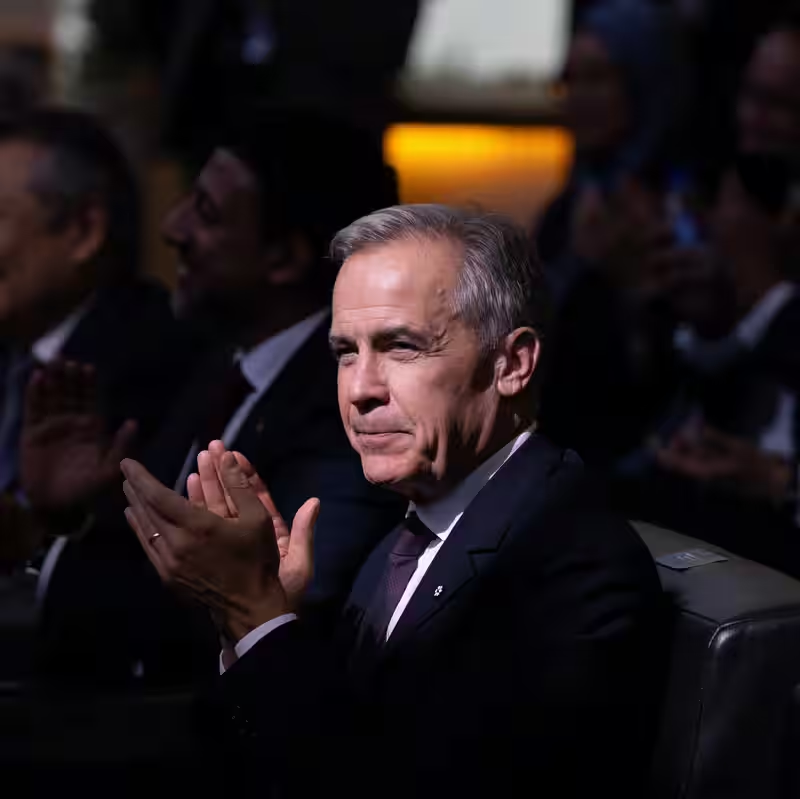Mark Carney is making a bold geopolitical and economic play. With U.S. President Donald Trump escalating trade tensions by imposing fresh tariffs on Canadian goods, Canada’s Prime Minister is turning his focus to Asia—pitching his country as a stable, rules-based alternative to an increasingly unpredictable United States .
Table of Contents
- Trump’s Tariff Blow to Canada
- Carney’s Strategic Pivot to Asia
- High-Stakes Diplomacy with China
- Domestic Economic Headwinds
- Doubling Down on Trade Diversification
- Sources
Trump’s Tariff Blow to Canada
The latest trade rift began after a Canadian television ad featured former U.S. President Ronald Reagan criticizing tariffs—a move that infuriated President Trump. In response, he announced new levies on key Canadian exports, further straining the already fragile U.S.-Canada trade relationship .
For Canada, which sends nearly 75% of its exports to the U.S., the threat isn’t just political—it’s existential. Factories in Ontario and Quebec have already begun laying off workers, and early indicators suggest the economy may be tipping into recession.
Carney’s Strategic Pivot to Asia
Amid this crisis, Prime Minister Mark Carney embarked on a weeklong diplomatic tour across Asia, aiming to reposition Canada as a “predictable and responsible” global partner. In meetings with leaders in South Korea, Japan, and Singapore, Carney emphasized Canada’s strong institutions, transparent regulations, and commitment to free trade .
“When the world feels volatile, reliability becomes a competitive advantage,” Carney told business leaders in Seoul.
High-Stakes Diplomacy with China
The centerpiece of Carney’s trip is a planned meeting with Chinese President Xi Jinping—a move laden with both opportunity and risk. Canada and China have had frosty relations in recent years, especially after Canadian intelligence agencies confirmed Beijing’s interference in national elections .
Still, Carney sees a reset as essential. “We can’t let past tensions block future prosperity,” he said in a pre-departure briefing. Resolving an ongoing trade dispute—particularly around agricultural and clean-tech exports—is a top priority.
However, this outreach may not sit well with Washington. The Trump administration, which is also scheduled to meet Xi this week, could view Canada’s overtures as undermining U.S. leverage in its own negotiations.
Domestic Economic Headwinds
Back home, Carney faces mounting pressure. Inflation is ticking upward, manufacturing output is declining, and consumer confidence is at a three-year low. Opposition parties accuse the government of being unprepared for a U.S. trade shock that economists have long warned about.
“We’re not abandoning our neighbor,” Carney insisted. “But we can’t put all our eggs in one basket—especially when that basket keeps getting shaken.”
Doubling Down on Trade Diversification
Carney’s long-term vision is ambitious: double Canadian exports to non-U.S. markets within a decade. Asia—home to over half the world’s population and some of its fastest-growing economies—is central to that plan.
Key targets include clean energy technology, critical minerals, agri-food, and AI-driven services. Canada is also exploring deeper integration with the Comprehensive and Progressive Agreement for Trans-Pacific Partnership (CPTPP), which already includes Japan, Australia, and Vietnam.
“This isn’t just about trade,” Carney said. “It’s about sovereignty, resilience, and securing Canada’s place in a multipolar world.”




